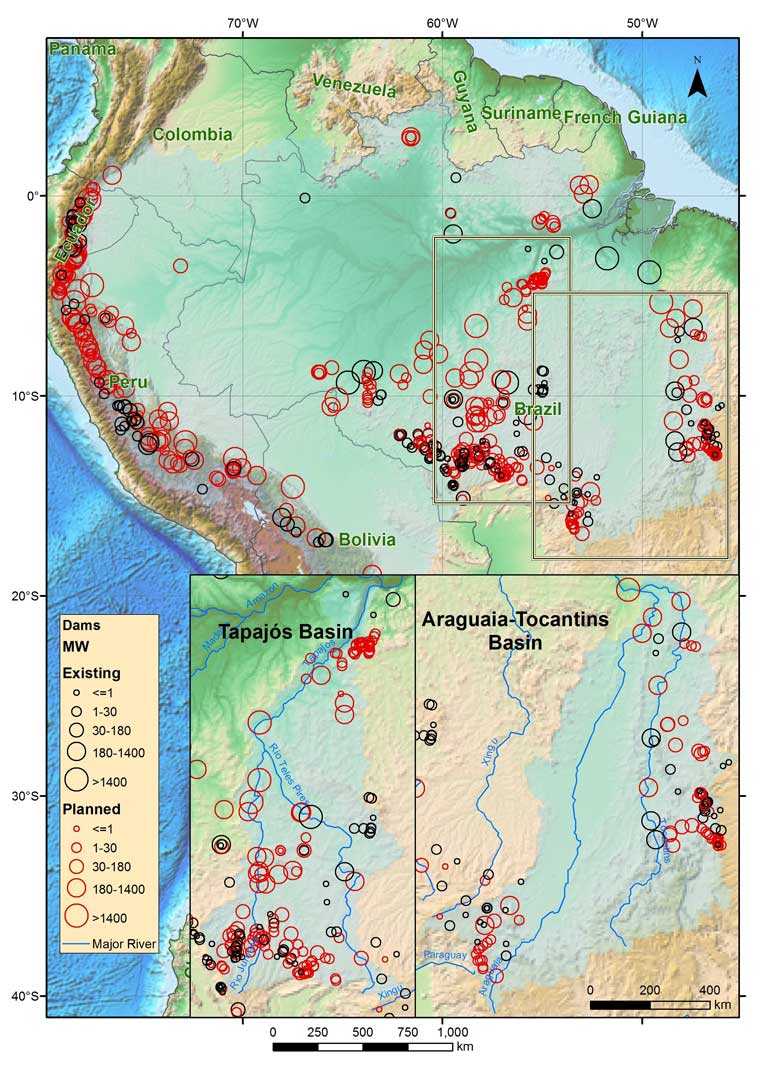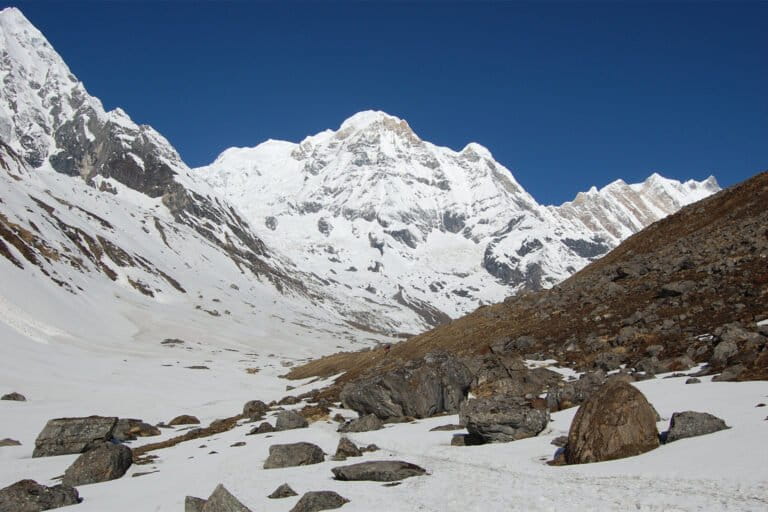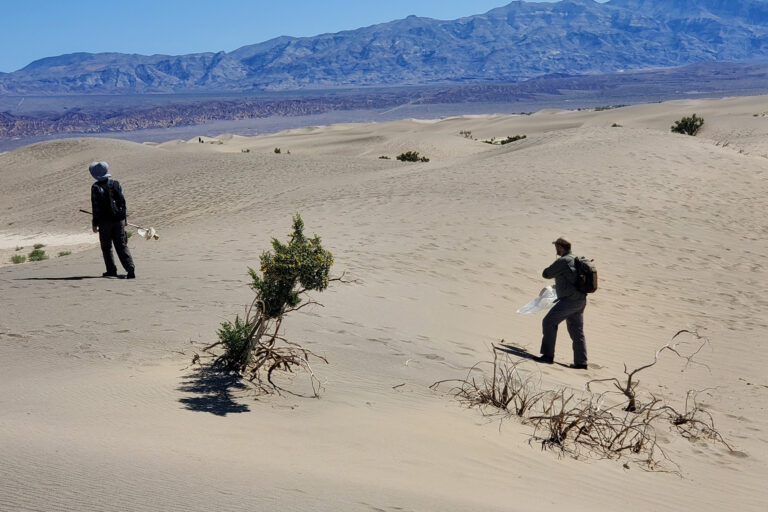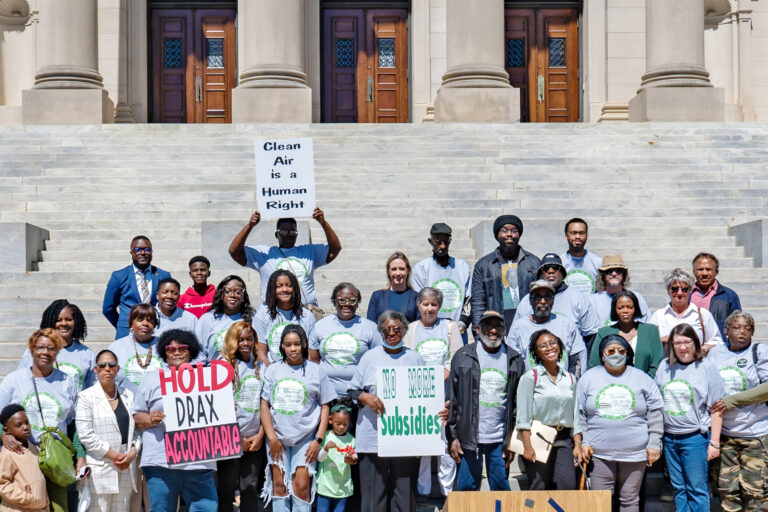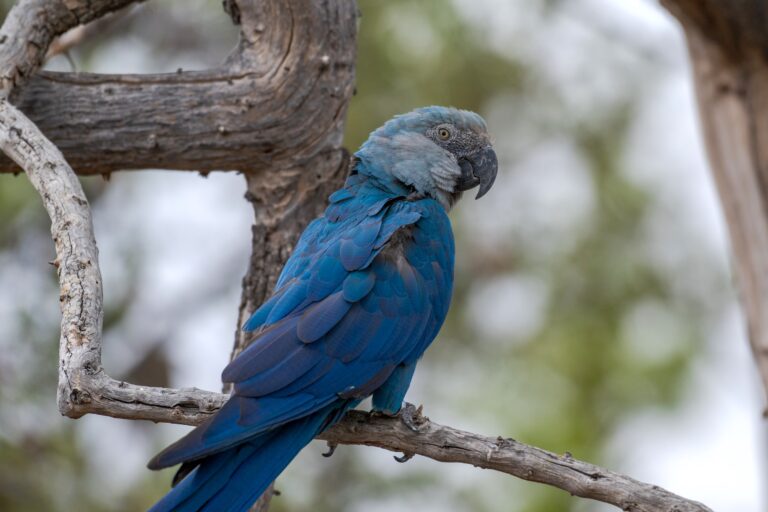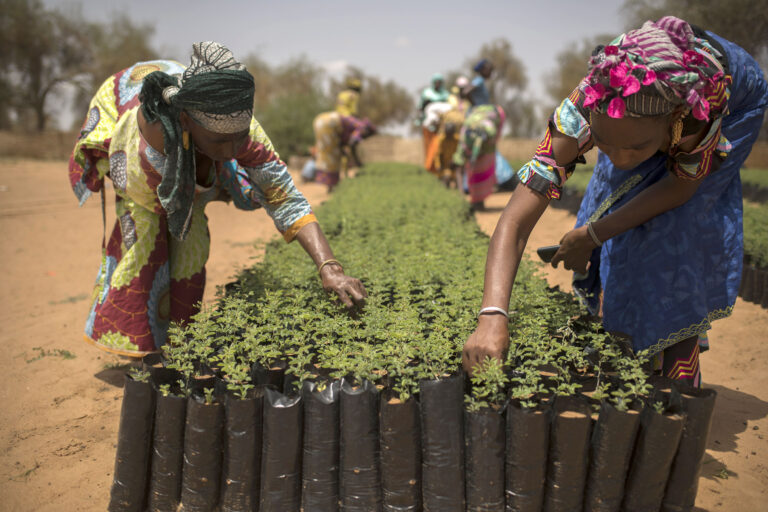- An international team of biologists has studied the past and current impacts on biodiversity of 191 existing Amazon dams, and the potential impacts of 246 dams planned or under construction.
- Researchers identified negative interactions between dam construction, mining, industrial agriculture, commerce and transportation, climate change, and human migration that would likely seriously impact biodiversity and ecosystem services.
- Aquatic and terrestrial species that especially rely on fast-flowing river segments for habitat are greatly at risk, because such sites are the most targeted for hydropower projects.
- Solutions that could better protect biodiversity include a move away from mega-dams and other big infrastructure projects toward smaller dams; more careful hydro project siting; more wind and solar projects; and a more rigorous planning process that carefully considers environmental, indigenous, social and financial costs.

Amazonia’s surge in hydropower development threatens numerous species with extinction, and puts unique habitats at risk, warns a recent study.
River dolphins, giant otters, turtles, fish, birds and monkeys will all have their habitats altered by hydroelectric dams,with some species likely to be completely wiped out, says an international team of biologists that looked at all impacts associated with 191 existing Amazon dams, as well as the 246 dams being planned or under construction.
What’s more, the researchers identified a network of negative interactions between dam construction, mining, climate change, human migration, and biodiversity and ecosystem services which illustrates how impacts can cascade in multiple, devastating ways.
In environmental terms, the most obvious and direct impact of dams reported by the study are on water flow and connectivity. Nutrients that flow downstream from the Andes are interrupted by dams; flood pulses that form a vital part of many species’ lifecycles are modified by the reservoirs and flow patterns that dams create and control; habitat complexity is lost; and species such as river dolphins become isolated in the stretches of river between hydropower developments, which leaves smaller sub-populations vulnerable to decline.

Fish which migrate along river channels find their routes disrupted, including the recently described mass migration of juvenile catfish that swim distances of 370 kilometers (230 miles) while weighing less than half a gram (just a fraction of an ounce). Freshwater fish diversity in the Amazon is the highest in the world, with more than 2,500 species, the majority endemic to the region. Many species are at direct risk of extinction due to dam construction, the study found.
The loss of unique river habitat
It’s not just aquatic species that are in danger. Amazonian biodiversity stems in part from the wealth of habitats the region contains, such as islands, varzea (seasonally flooded) forests, and rocky outcrops. These offer important habitat for fish and aquatic plants, but also for terrestrial species, including primates, birds and bats.
“Fast-flowing rivers — or sections of rivers — with discharge along steep gradients are an exception rather than the rule in lowland Amazonia,” explained Carlos Peres, a study co-author at the University of East Anglia, UK. “These rivers are more typical of the geologically archaic Guianan and Brazilian Shields (north and south of the Amazon River, respectively), and are associated with often rocky and more stable river channels at an evolutionary time scale. Hence, both the terrestrial and aquatic biotas associated with these rather unique habitats — which are so highly coveted by the hydropower industry — are more likely to be endemic of a given river basin.”
“Those that stand to lose most, in this case the species running the risk of global extinction, are the micro-endemics that are restricted to the very same rapid [river] sections favored by dam builders,” study leader Alexander Lees told Mongabay.

“River island species are also at risk from inundation — especially along the River Madeira, for example, which holds a suite of restricted range bird species,” said Lees, of Cornell University, USA.
Other birds at risk include the blackish-grey antshrike, which has several subspecies restricted to islands and varzea forest that “stand to lose a significant proportion of their global range,” Lees said, along with the Critically Endangered Rio Branco antbird which is “threatened by planned dams along the Rio Branco.”
The devastating consequences won’t be limited to the Amazon, but will resonate across North America: important habitats for migratory shorebirds that spend their summers up north and overwinter in the Amazon may also be lost.
Hydropower, mining, agribusiness connections
The study also flagged common misconceptions about hydropower development, which has been touted as a green source of electricity for Brazil’s rural and urban populations. Not only is Amazonian hydropower decidedly un-green — reservoirs flood the forest, and submerged trees and soil release huge quantities of methane, a potent greenhouse gas — it’s not the domestic market that benefits most from the electricity the dams generate.
“Industry is the main beneficiary,” Philip Fearnside, a co-author of the study, told Mongabay. “Only 22 percent of Brazil’s electricity is for domestic consumption.”
Christian Poirier, Program Director at Amazon Watch, who was not involved with the study, expanded on this point: “It is clear that a driving force behind Amazon hydropower development is the voracious energy appetite of the mining industry rather than the needs of ordinary households.”

“Dams like Belo Monte set aside 30 percent of their energy for the mining industry, while Brazil’s planned Tapajós Complex is designed to power the region’s bauxite extraction and smelting processes,” he continued.
“The push to build large dams in remote, ore-rich regions of the Amazon, where energy transmission to urban centers is prohibitively costly and inefficient, can be best understood as a publicly-subsidized handout to the country’s wasteful and corrupt mining and agribusiness interests,” he concluded. An ongoing corruption scandal within Brazil has engulfed some key players in the hydropower sector, fuelling further scepticism about the true benefactors of the dam-building boom.
The intense energy needs of private companies looking to profit from bauxite, nickel, copper and gold extraction will be facilitated by heavily subsidized hydropower expansion, the study concludes. But the connections between various business sectors don’t end there: on the Xingu River, the recently commissioned and controversial Belo Monte dam will lead to an 80 percent reduction in flow along a 100 kilometer (62 mile) stretch of the river known as the Big Bend. A Canadian company hopes to exploit the newly-exposed riverbed, having acquired a 1,305 square kilometre (504 square mile) gold mine concession, the study reports.

Dams and mines also share a major synergistic, though indirect, impact on the environment: the influx of workers, and their subsequent unemployment once projects are complete, leads to further deforestation and habitat degradation especially through illegal logging and hunting.
Dams also promote the rapid expansion of industrial agriculture as well as commerce, which is more bad news for the rainforest, especially in once remote parts of the Amazon basin. “Waterways for transporting soybeans are planned in conjunction with dams in the Tapajós River basin in Brazil, and in Bolivia in conjunction with Brazil’s Madeira River dams,” said Fearnside, of Brazil’s National Institute of Amazonian Research. “These plans have major implications for deforestation, and escape from the current environmental licensing system for dams in Brazil. Not only does the licensing system need to be strengthened, but more fundamentally, the decision-making system needs to be reformed.”
All this damage is compounded by the harm wrought by dams on the river communities that are displaced by them: the construction of the Belo Monte dam has had such a detrimental effect on indigenous peoples that the government and the companies that built it have been charged with ethnocide.
Dam alternatives
So what can be done? Some call for the complete halting of hydropower development and the adoption of alternative energy sources. “The unacceptable socio-environmental impacts caused by past and present Amazon dam projects should lead policymakers to instate an immediate moratorium on further large hydropower projects across the basin,” Poirier said.
Alternative energy sources are abundant, and would also provide greater energy security than dams which are likely to drop in generating capacity under business-as-usual climate change and deforestation scenarios. “Brazil has tremendous potential for wind and solar power,” Fearnside said. “The country has a long coastline with constant winds. Studies have shown that offshore arrays of high towers built on the continental shelf could supply all of Brazil’s electricity.”
It doesn’t look like these alternatives will be developed in the near future. “[T]he Brazilian government’s preference for hydropower is obvious,” Fearnside continued. “In January 2016 the president vetoed inclusion of any funds for “non-hydraulic renewable energy” in the next five-year development plan.”
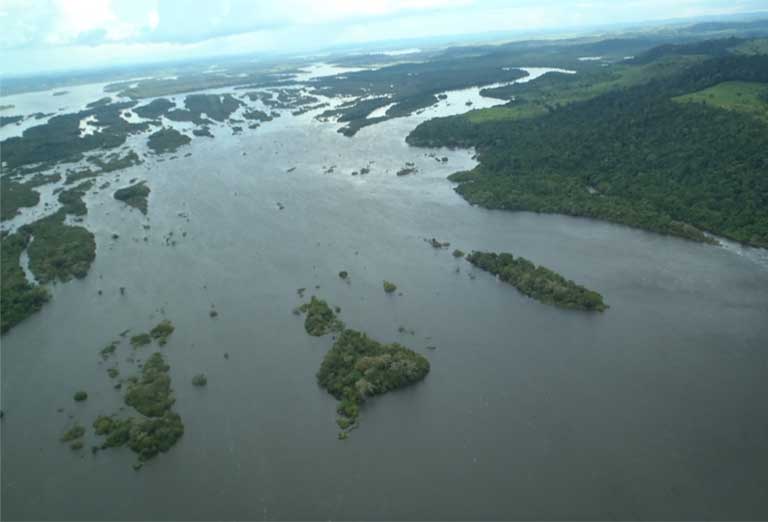
Another option for protecting biodiversity is to work within the existing system, Poirier explained, as “the modernization of notoriously wasteful electricity grids… would greatly reduce demand and spare the Amazon’s last free-flowing rivers.” And if the government keeps building dams, then “energy planners must also respect the rights of indigenous and traditional peoples to be thoroughly consulted and heard prior to conceiving any dam plans that could affect their lands, cultures, and livelihoods.”
More careful consideration of the locations for new Amazon dams should also be considered, with a basin-wide assessment of costs and benefits — environmental, social, and financial — taking place before any development, the study concludes. “Large amounts of biodiversity data have been harvested during impact assessment studies, but this has not translated into detailed extinction risk assessments for restricted range species nor effective trade-off exercises balancing economic gains with erosion of ecosystem services and biodiversity,” Lees said.
There is some hope for progress on biodiversity protections in a proposed Environmental Licensing Law that would address some of these issues, but “With the current turmoil in [the] Brazilian Congress, the new law will hardly be enacted in 2016,” said Mauricio Schneider, a study co-author, and legislative advisor at the Brazilian Chamber of Deputies. That hope, however, is tempered by a proposed constitutional amendment that is moving quickly through the national legislature; it would dismantle Brazil’s current requirement for a lengthy environmental impact licensing approval process on large federally funded infrastructure projects — an action likely aimed at fast tracking Amazon dam construction.
Ironically, the challenges facing Brazil may serve to buy the Amazon time. “Brazil has often chosen expensive, large scale subsidized energy solutions instead of distributed systems or energy efficiency programs,” Schneider said. “Economic setbacks, a graft scandal involving [the] Belo Monte dam, and the major constructing companies facing severe charges in court… will hinder new hydropower plants,” he said, adding “There may be some good side effects in so much wrongdoing.”
The biodiversity outlook is therefore uncertain, but the opportunity exists to take action to ensure a more positive future for the Amazon, and the people and wildlife that depend on it.
“The future of Amazonian ecosystems and of destructive developments like dam construction are not written in stone,” Fearnside said. “They depend on the choices of the society in each Amazonian country. The interests of these societies would be best served by rethinking the policies that favor ever more dams.”
Citation:
Lees, A.C., Peres, C.A., Fearnside, P.M., Schneider, M., and Zuanon, J.A.S. (2016). Hydropower and the future of Amazonian biodiversity. Biodiversity Conservation 25: 451-466 DOI 10.1007/s10531-016-1072-3
